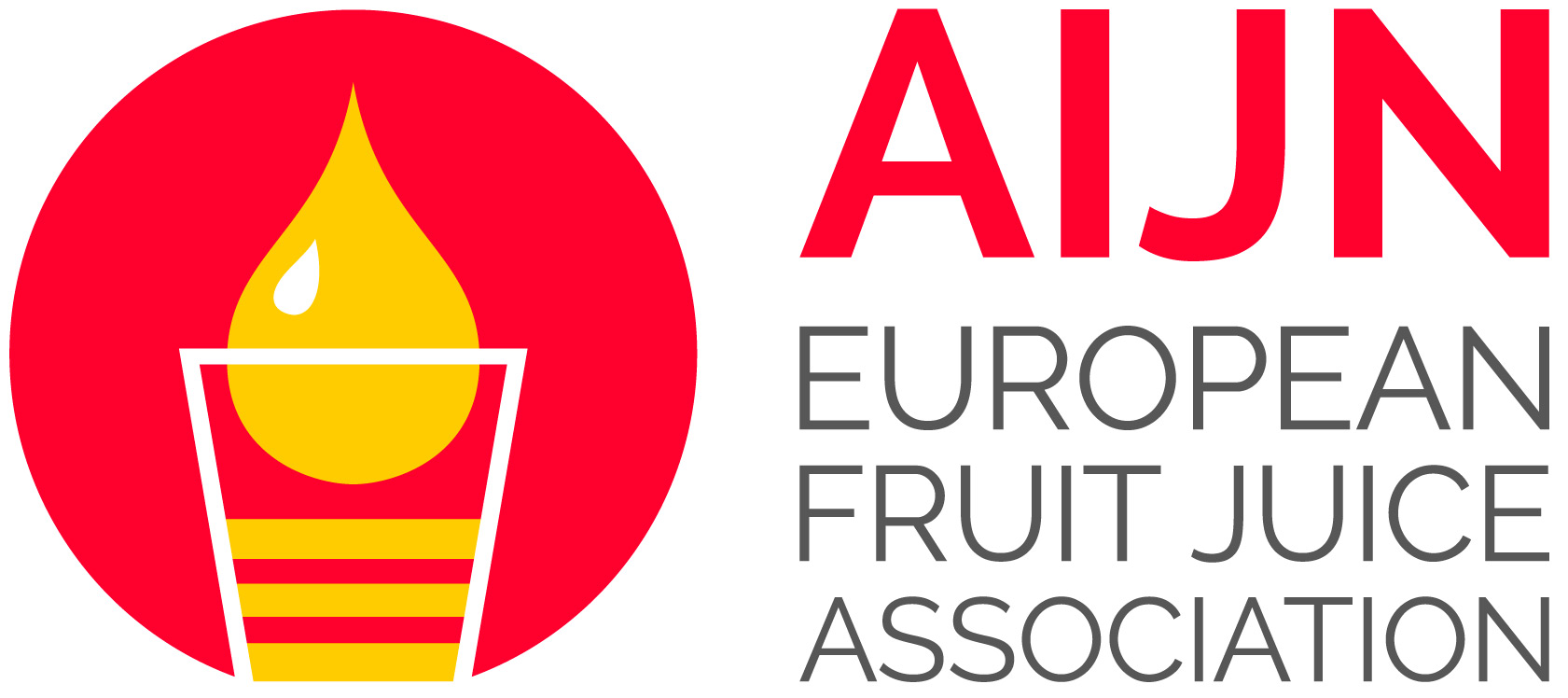Code Of Practice
Mandarin
The Reference Guideline for Mandarin Juice seeks to define various acceptability parameters for mandarin juice.
The parameters are listed under 2 sections:
- Section A contains various parameters that characterise the absolute quality requirements. They are considered as being mandatory for all mandarin juices marketed in the European Union.
- Section B contains various criteria relevant to the evaluation of identity and authenticity. It also contains some less critical quality criteria. It is crucial for users of this guideline to understand that a valid conclusion, regarding the authenticity of a particular sample, can only be reached providing the analytical picture has been subject to expert interpretation. If some parameters do not fall within the values quoted in Section B this does not mean, automatically, that the sample is adulterated. In addition, it should not be seen as a list of analytes that all have to be measured. Rather, it is a source of information for experts to use to dedicate which particular aspects of the juice needs to be investigated.
The values and comments in this guideline are based on pure, authentic juices, without permitted ingredients and/or additives, exhibiting the characteristic colour and flavour of the named fruit. Mandarin juice is obtained, by definition of the EC Directive from mature and sound fruit by mechanical processes and is treated by physical means.
It is understood that:
- mandarin juice is made from Citrus reticulata (Jones 1990, it also includes sub-species Citrus unshiu, Citrus nobilis, Citrus deliciosa. Cultivars such as clementine and kinnow are also included). Further guidance on this topic is covered in AIJN Guidance on Citrus Classification.
- fruit flesh (floating cells, coarse pulp) may be re-added to juice.
- as most fruit is processed into juice the values in this reference guide are expressed on a volume basis e.g. in g or mg/l.
- only the treatments and processes regulated by the Fruit Juice Directive are permitted.
- for the reconstitution of concentrated fruit juices potable water should be used.
- the use of additives is regulated by horizontal EU legislation.
Various types and origins of fruit of industrial significance were subject to comprehensive analysis to provide the values found in this guideline. To help in their interpretation please read carefully the associated commentary notes.
Guideline documents
These documents are for Code Of Practice subscribers only
